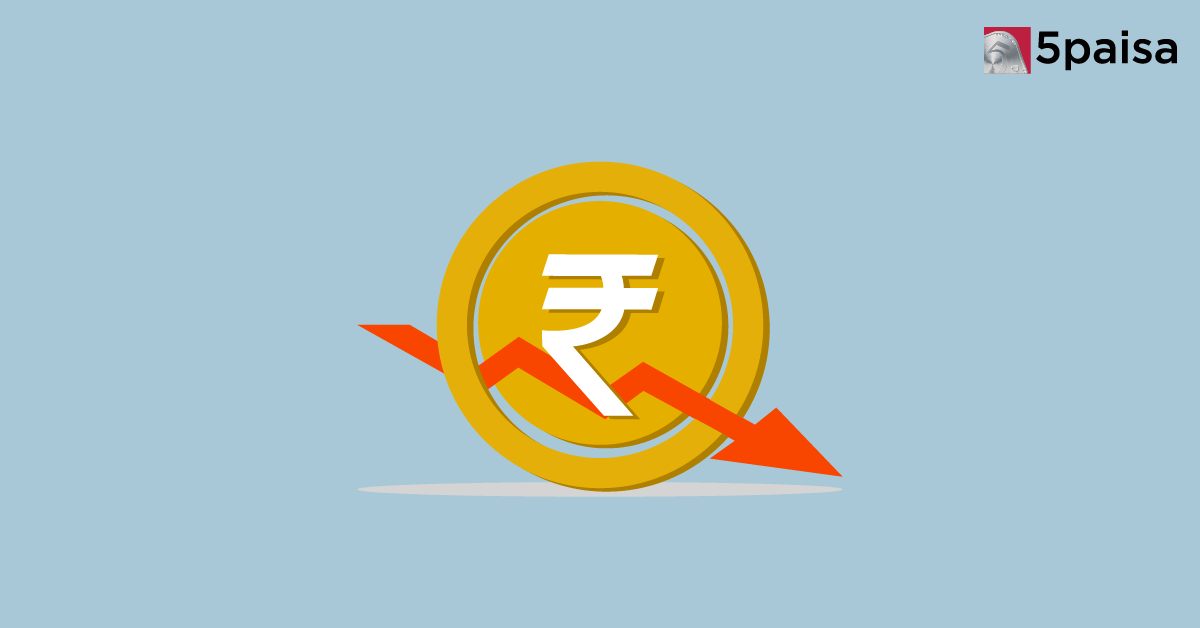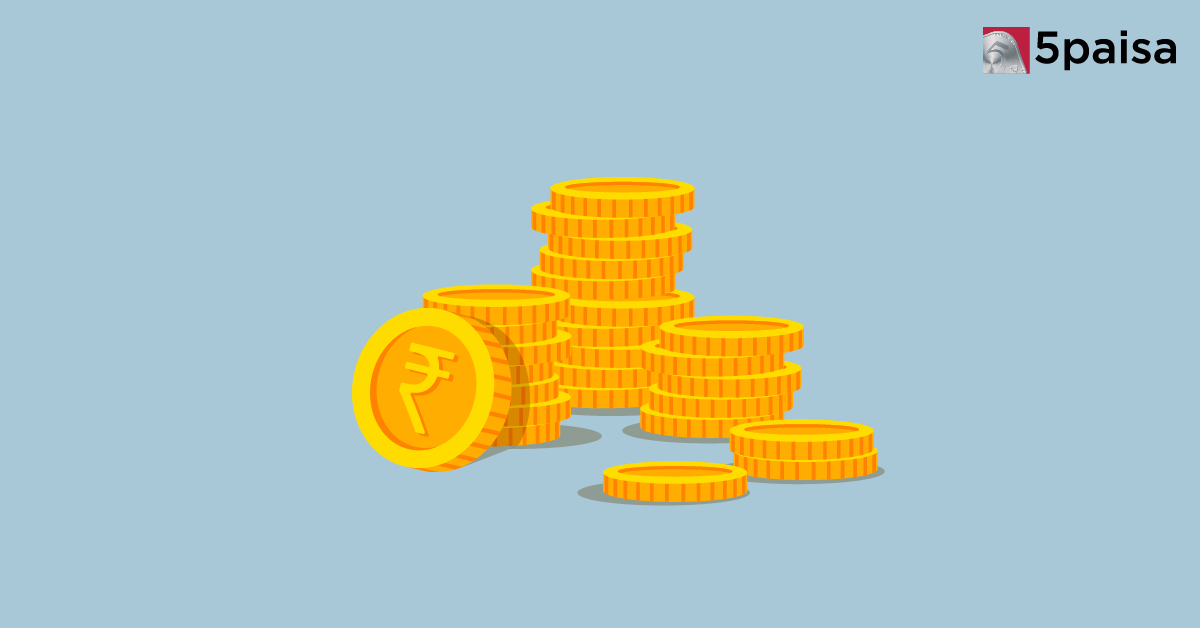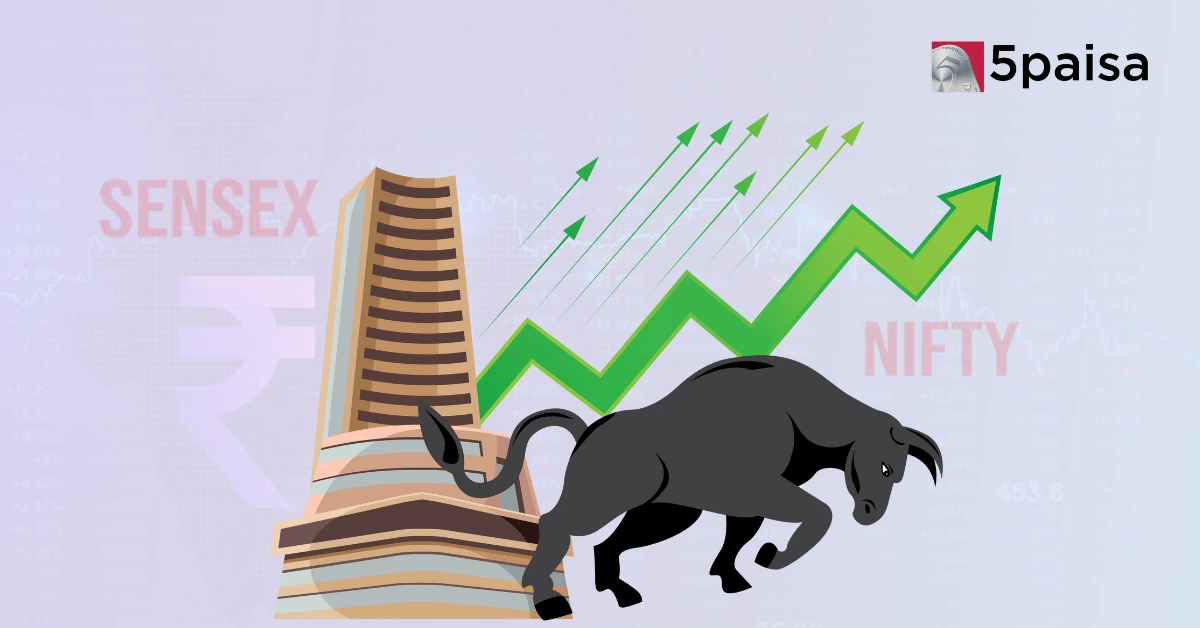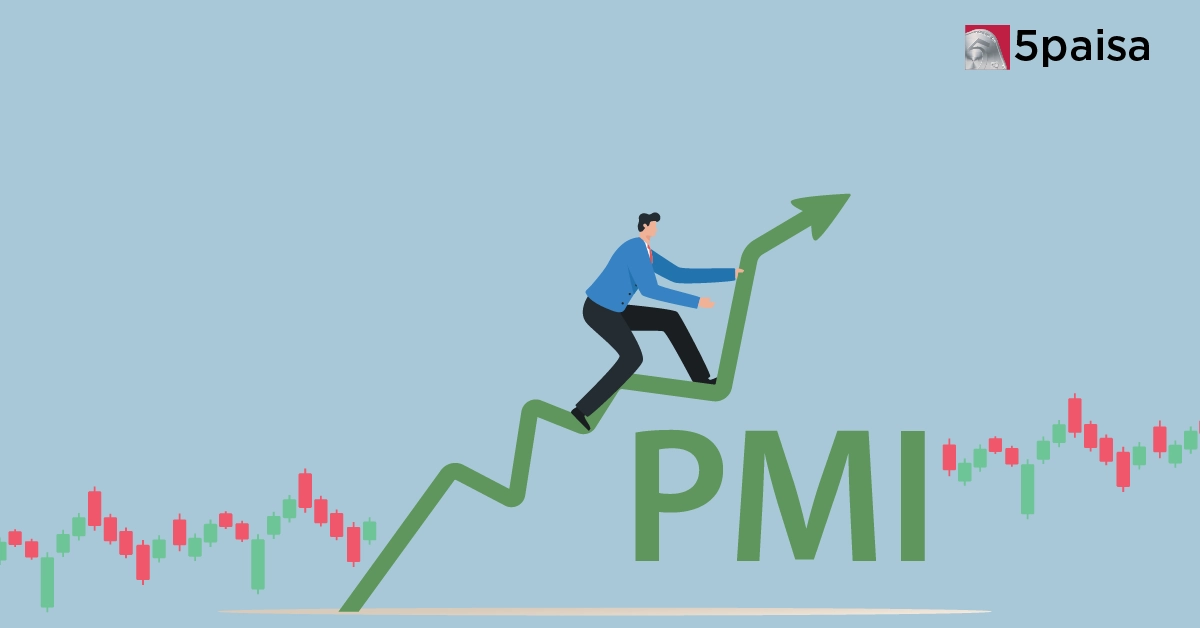Rupee Continues To Slide to Record Low, Opens at 90.41 Against Dollar
Rupee Slows as Bullish Exits, Dollar Strength Falters
Last Updated: 4th June 2025 - 02:04 pm

The Indian rupee hit a historic low on Wednesday, falling past the 86 mark against the U.S. dollar for the first time. So, what's behind this drop? A mix of strong U.S. economic data, rising global tensions, and a wave of foreign investors withdrawing money from Indian markets.
Rupee Under Pressure
On June 4, the rupee opened at 85.69 and dropped another 25 paise during early trading, reaching 85.86. That's on top of a 22 paise decline the day before. This is the sixth time in seven sessions that the rupee has slipped, highlighting the significant pressure it's under.
A Stronger Dollar Isn't Helping
One major factor? The U.S. economy is doing surprisingly well. Job openings are up, and payroll numbers are solid. This has led to talk that the Federal Reserve might hold off on cutting interest rates. That's pushed U.S. Treasury yields higher (the 10-year hit 4.8%), making American investments more tempting—and the dollar even stronger.
Foreign Investors Are Pulling Back
Foreign institutional investors (FIIs) are also rapidly exiting Indian stocks. Just on June 3, they pulled out more than $300 million. And over the last few days? Over $1 billion has flowed out. They're spooked by global uncertainty and chasing better returns in the US.
Geopolitical Jitters Aren't Helping Either
Tensions on the global stage are making investors even more nervous. The Trump administration's move to impose tariffs on Canada, Mexico, and China has sparked fresh concerns about a potential trade war. This kind of turmoil usually sends investors running for safer assets—and the rupee takes a hit in the process.
Tough Choices Ahead for RBI
The Reserve Bank of India (RBI) is in a tight spot. It has stepped in before to stabilise the rupee, but with foreign exchange reserves shrinking, its ability to do that is limited. Additionally, rising crude oil prices are driving inflation higher, which may prompt the RBI to reconsider cutting interest rates again—even if the markets are hoping for it.
What's Next?
Expect the rupee to stay volatile. A lot will depend on what the U.S. Fed does next, how global tensions unfold, and how India's economy performs. Some analysts believe the rupee could strengthen slightly by the end of the year—possibly back to 84 per dollar—if the dollar softens and the RBI builds up its reserves. Others aren't so optimistic, warning that global pressure may continue to weigh it down.
In the short term, the rupee is likely to hover between 85.80 and 87.20. However, if current trends persist, we may see further weakening.
Bottom Line
The rupee's record fall highlights the significant influence of both global and local forces on currency markets. As the RBI tries to steady the ship, the challenge will be balancing financial stability with growth—all while keeping a close eye on the unpredictable world stage.
- Flat ₹20 Brokerage
- Next-gen Trading
- Advanced Charting
- Actionable Ideas
Trending on 5paisa
01
 5paisa Capital Ltd
5paisa Capital Ltd
Indian Market Related Articles
Disclaimer: Investment in securities market are subject to market risks, read all the related documents carefully before investing. For detailed disclaimer please Click here.




